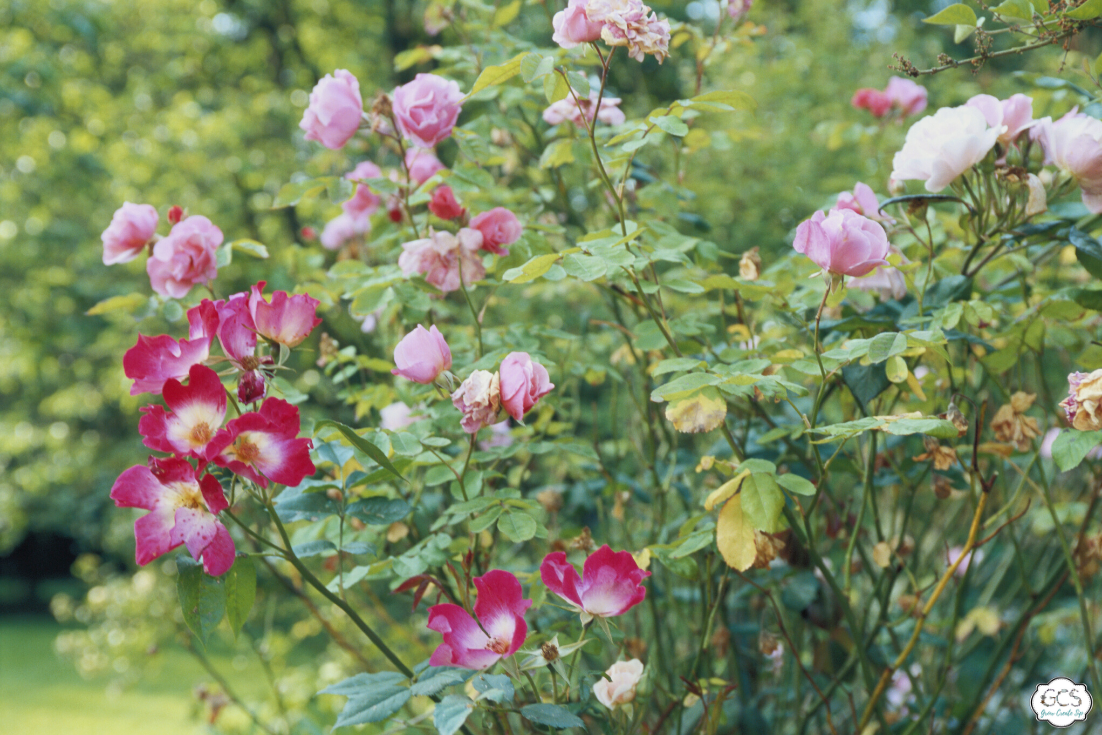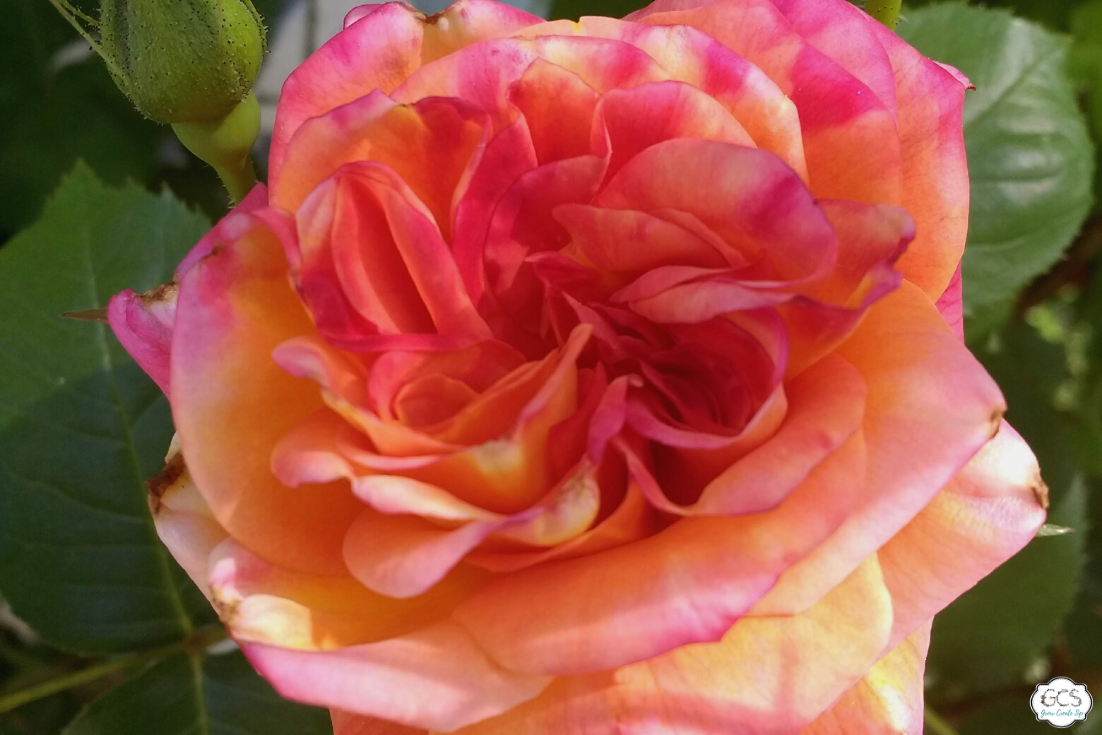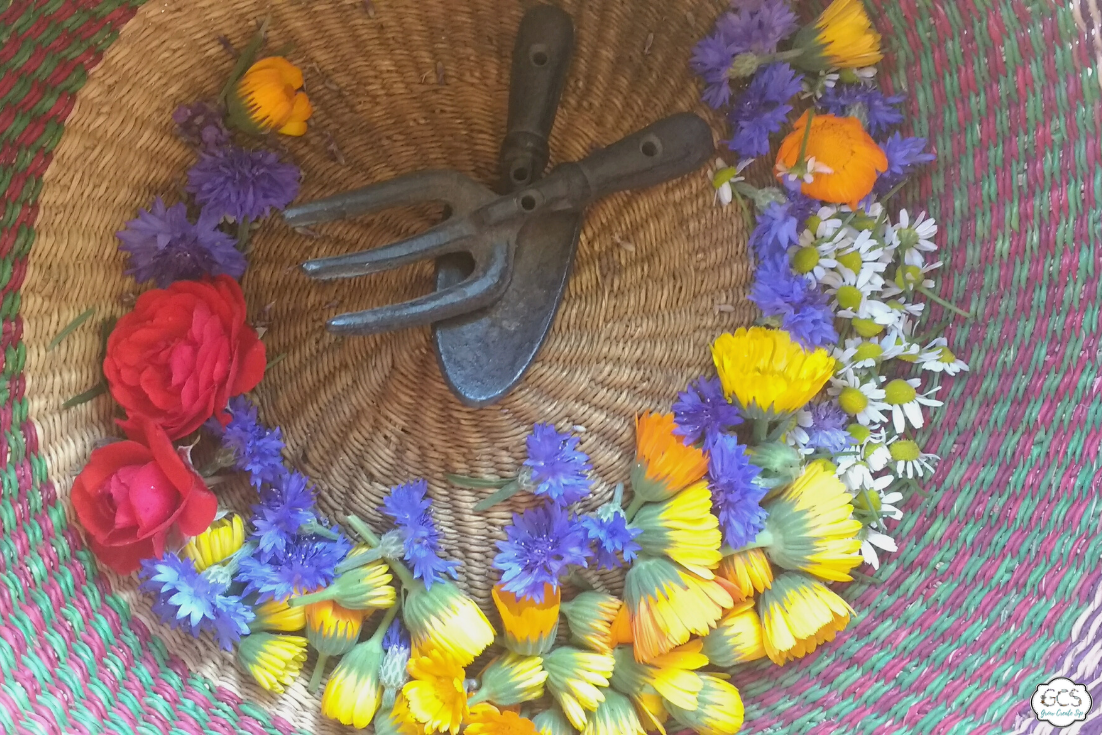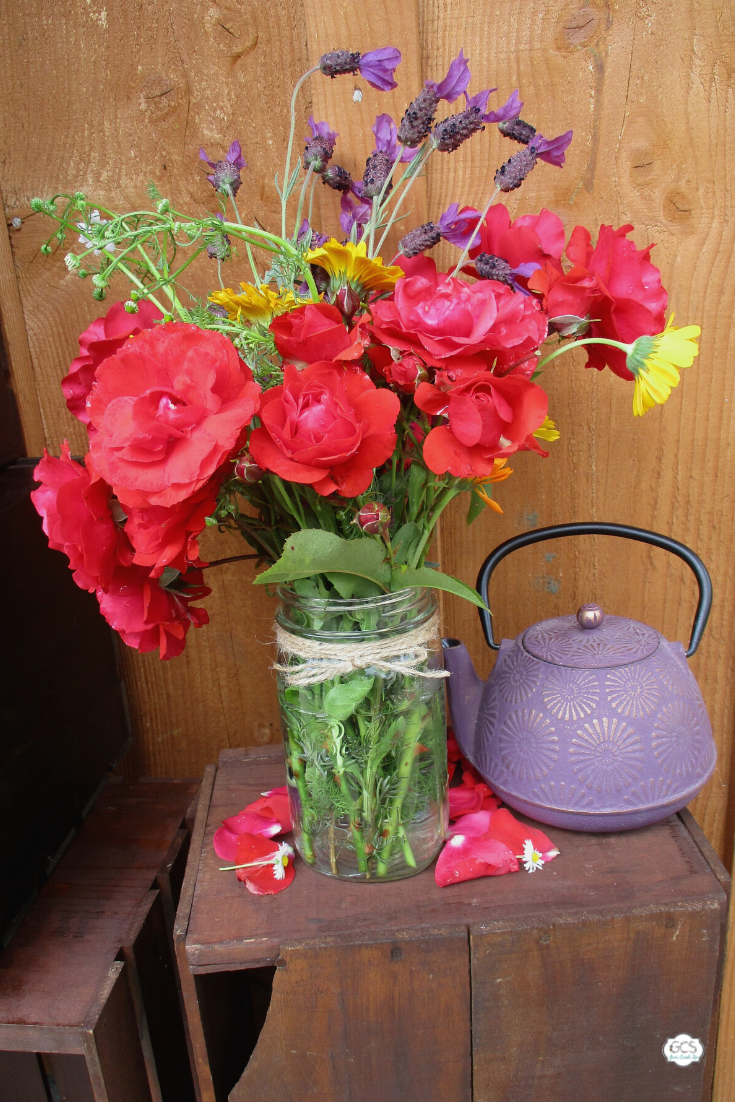How to Plant Roses for Preservation and Production
Mar 14, 2022
Imagine going out to your rose garden to cut a few stems for your dinner plate, not for your sweetheart. Growing edible roses is a time-honored pastime, though it may sound weird at first.
Did you know the Greeks, Romans, and Persians all loved using roses to cook with? They also infused them into oils and medicinal waters.
Using roses for symbolism, consumption, or just straight-up decoration is something that has a long-standing history. The thing is, when you want to learn the ins and outs of planting roses yourself, it can all get overwhelming.
Let's go on this journey together and learn everything we need to know about how to grow and plant your own roses and have them keep blooming year after year.

Using Homegrown Roses for Preservation
Whether you're interested in planting roses for hips or using rose petals for tea, we can tell you it is certainly a rewarding task. While it may seem overwhelming at first, as roses can come across as a bit "high-maintenance," it is worthwhile.
Before we learn how to plant roses, we need to decide which types of plants we're going to use.
What Roses to Use
Some roses are better than others for consumption, and it's important to plan out what types of roses you want in your garden as well. Many roses varieties are great for eating and using in herbal remedies, but we like Damask roses and Dogwood varieties the best.
Typically, the ones that have the sweetest fragrances will be best for flavor, so be sure to keep an eye out for that! Traditional red roses don't have that much flavor, whereas yellow, pink, or white have more.
Damask Roses
Damask roses are an older species and, for centuries, have symbolized beauty and love. Why not bring a bit of that into your daily life?
In some species, their leaves are eaten, and young shoots are edible when cooked. We can even pickle the buds or use rose-infused water for cooking and cosmetics.
Rosehips from damask roses are juicy and red and are great for making syrups, jams, chutney, or sauces. Just don't eat them raw and unprocessed! It's not necessarily bad for you, but it can get uncomfortable in the gut.
Dogwood Roses (Rose Canina)
Dogwood roses, rosa canina, or dog roses. A plant by many names, but an easy and familiar plant to find in a garden. It's a climber and likes to grow along hedgerows and other shrubs.
The flowers of a dogwood plant are large, pink or white, and made up of five petals. They have a delicate smell to them that is slightly sweet. The fruit (or hips) are oval and berry-like. Each hip has lots of hair seeds that we should remove before consumption.

What You Can Do With Them
We shouldn't let the thorny branches fool us. Almost every part of a rosebush is edible. We can use roses for tea, from the petals to the leaves, as well as whole buds. Rose hips are delicious and packed full of vitamin C.
If you're harvesting rose hips, make sure they're fully orange or red, then clip the hip at its base. Cut in half and scrape out the seeds with a blunt knife.
How to Preserve Roses
When we think of preserving rose petals, we likely come up with an image of dusty potpourri. But that's simply not the case. While dried roses are the most common, we can also preserve them by infusing them into oils or water, boiling them down into syrups, or even pressing them.
If you're drying them, hang them upside down in a cool, dark location for a minimum of two weeks. If you're pressing them to use later in decor or crafts, make sure they're not wet or dewy before placing them on a clean piece of paper. Place this page between the pages of a book and set something heavy on top of it.
For syrups, learning about preserving rose hips, and other recipes, be sure to check out some of our ideas.

When to Plant Roses
If we want to plant bare-root roses, we should avoid planting in the middle of winter when the ground is frozen. Rather, opt for a late fall or early spring planting time. Container roses can be planted year-round, provided the ground isn't frozen or very dry.
Choosing and Preparing a Planting Site
Plant roses in a location where they will get at least six hours of sun per day. The morning sun is especially beneficial since it dries the leaves, which aids in disease prevention. Roses grown in the partial sun may not die immediately, but they will deteriorate over time, producing mediocre flowers and poor overwintering.
Keep in mind that light changes as the sun's angle changes throughout the year. If you live in the northern portion of the United States, pick a location that gets full sun all year. The more sunlight your plants receive, the more blossoms they will produce.
In the southern half of the United States, look for areas with some midday shade. This shields blossoms from the sun's rays and extends the life of your flowers.
Some other ideas for planning a rose garden could be:
- Playing with texture
- English style gardens (organized borders and shapes)
- Using roses on arches and pergolas
- Planting them in pots
- Using them as hedges
- Lining paths with roses
- Rose bushes at the entrance to the rest of the garden
Planting Roses
Be sure not to overcrowd your rose bushes if you're planning on planting multiple plants. When there's good air circulation, we can prevent fungal diseases like powdery mildew.
Roses require well-draining soil that can still retain enough moisture. Not providing appropriate drainage is one of the worst mistakes you can make. Wet, chilly feet are a no-no for roses.
Follow these tips:
- Wear thick gloves to protect your hands from thorns
- Bare-root roses should be soaked for around 8-12 hours before planting
- Any cane thinner than a pencil should be removed
- Prune each cane back to around 3-5 buds
- If planting a container rose, loosen the roots a little before planting
- Dig a hole bigger hole around 15-18 inches wide
- Add plenty of organic matter like compost or aged manure
- Before planting, liberally water the soil
- After we've filled the holes, make mounds around the base to protect the roses

Taking Care of Roses
If you've been putting off planting a rose garden, rest assured that roses are no more difficult to maintain than other flowering bushes. In fact, they're often more worth the effort because of the plethora of benefits we get from them.
There are a few basics we need to cover. As with any plant care guide, watering, pruning, and feeding are important factors in the longevity of our plants.
Watering Roses
In dry, summer weather, we want to soak the entire root zone at least twice a week. A superficial sprinkling of water may miss the deeper roots and actually promote fungal growth.
In fall, we can reduce the amount of water we're giving our roses, but we shouldn't let them dry up completely. However, while water is good for roses, and they love it, we mustn't drown them. They may love water, but they don't like to sit in it.
Deadheading
If we want to extend the flowering of our roses, we need to make sure we deadhead them regularly after they bloom. Because every leaf includes a growth bud, removing old flower petals encourages the plant to produce more flowers rather than seeds.
Feeding
Artificial liquid fertilizers encourage soft, sensitive plant development, which attracts aphids and other pests. Instead, we should feed our plants with compost and natural fertilizers before and during the blooming period.
Between April and July, we should use a balanced granular fertilizer once a month around the drip line (not against the stem) for each shrub. In May and June, we could also add an extra tablespoon of Epsom salts to the fertilizer.
Pruning
Pruning should be done with caution. Plants might be permanently harmed if we prune too aggressively in the autumn. Instead, wait until the new season begins in the spring when plants leaf out.
We want to discard any plant material that is old or sick and be sure to protect our hands and eyes from thorny accidents.
Wintering Your Roses
We should not prune roses in the fall. We want to only clip off any canes that are dead or infected and clean up the rose beds to stop diseases or infections through winter.
We should also stop fertilizing six weeks before the first fall frost, but watering should carry on through the dryer fall weather to keep plants healthy during winter.
After the first few frosts, but before the ground freezes, we want to add mulch or compost to the area around the roses. This will help protect them a little from the chilly snows.

A Blooming Good Harvest
Growing, harvesting, and planting roses is incredibly rewarding, not only because you get the pleasure of looking out into your garden every day and seeing your hard work, but because you get to use the byproducts in your everyday life.
If you would like to take a deep dive into the medicinal properties of roses and get more garden planning and planting tips make sure to check out the Herbal Studio & Communi-tea. If you can't wait for your roses to start producing rose petals and hips make sure to grab them ready to use from Farmhouse Teas. (P.S. Don't forget these fabulous shears for gathering your abundance harvest when it comes)
I'd love to know how you plan on using your roses once you get them planted and it's time to harvest! Leave me a comment below!
















